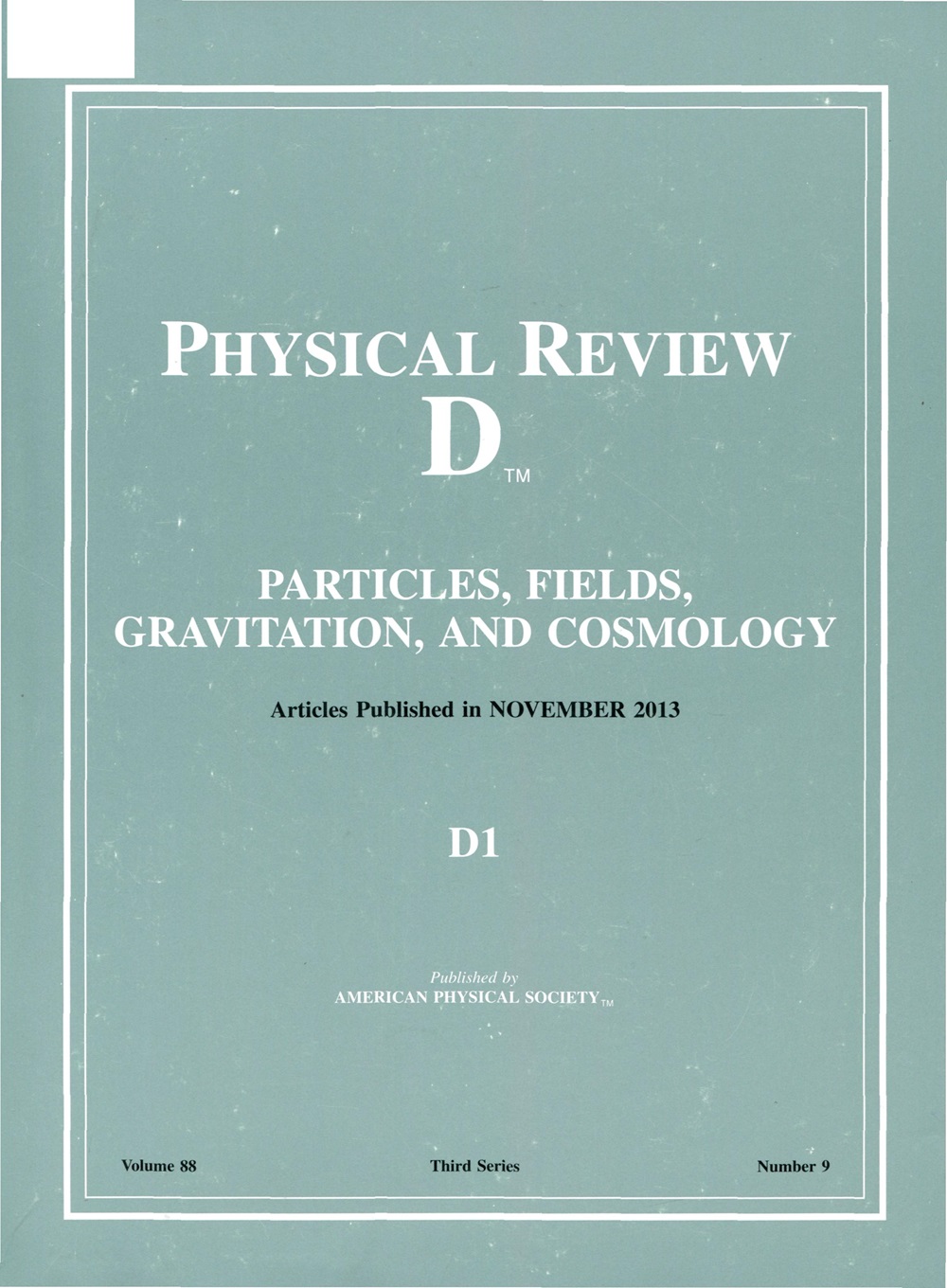中微子数据鲁棒表示的对比学习
IF 5
2区 物理与天体物理
Q1 Physics and Astronomy
引用次数: 0
摘要
在中微子物理学中,分析通常依赖于大型模拟数据集,这使得模型有效地推广到真实世界的探测器数据至关重要。对比学习是深度学习中一个成熟的技术,为解决这一挑战提供了一个有希望的解决方案。通过将受控数据增强应用于模拟数据,对比学习可以提取鲁棒和可转移的特征。这提高了经过模拟训练的模型适应真实实验数据分布的能力。在本文中,我们研究了对比学习方法在中微子物理中的应用。通过实证评估和理论见解的结合,我们证明了对比学习如何提高模型的性能和适应性。此外,我们将其与其他领域适应技术进行了比较,突出了对比学习在该领域的独特优势。2025年由美国物理学会出版本文章由计算机程序翻译,如有差异,请以英文原文为准。
Contrastive learning for robust representations of neutrino data
In neutrino physics, analyses often depend on large simulated datasets, making it essential for models to generalize effectively to real-world detector data. Contrastive learning, a well-established technique in deep learning, offers a promising solution to this challenge. By applying controlled data augmentations to simulated data, contrastive learning enables the extraction of robust and transferable features. This improves the ability of models trained on simulations to adapt to real experimental data distributions. In this paper, we investigate the application of contrastive learning methods in the context of neutrino physics. Through a combination of empirical evaluations and theoretical insights, we demonstrate how contrastive learning enhances model performance and adaptability. Additionally, we compare it to other domain adaptation techniques, highlighting the unique advantages of contrastive learning for this field. Published by the American Physical Society 2025
求助全文
通过发布文献求助,成功后即可免费获取论文全文。
去求助
来源期刊

Physical Review D
物理-天文与天体物理
CiteScore
9.20
自引率
36.00%
发文量
0
审稿时长
2 months
期刊介绍:
Physical Review D (PRD) is a leading journal in elementary particle physics, field theory, gravitation, and cosmology and is one of the top-cited journals in high-energy physics.
PRD covers experimental and theoretical results in all aspects of particle physics, field theory, gravitation and cosmology, including:
Particle physics experiments,
Electroweak interactions,
Strong interactions,
Lattice field theories, lattice QCD,
Beyond the standard model physics,
Phenomenological aspects of field theory, general methods,
Gravity, cosmology, cosmic rays,
Astrophysics and astroparticle physics,
General relativity,
Formal aspects of field theory, field theory in curved space,
String theory, quantum gravity, gauge/gravity duality.
 求助内容:
求助内容: 应助结果提醒方式:
应助结果提醒方式:


